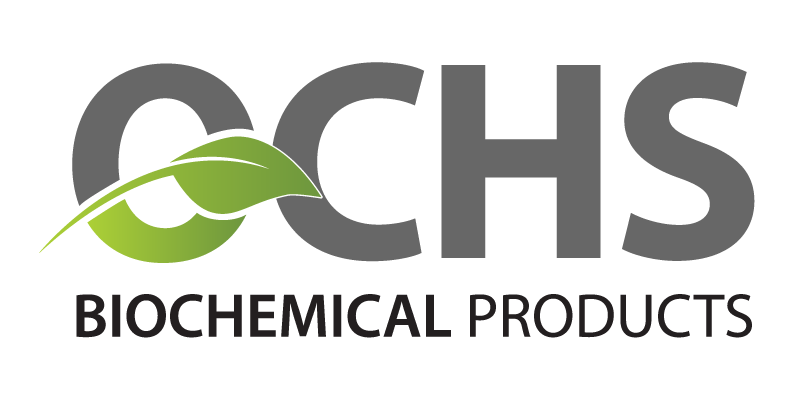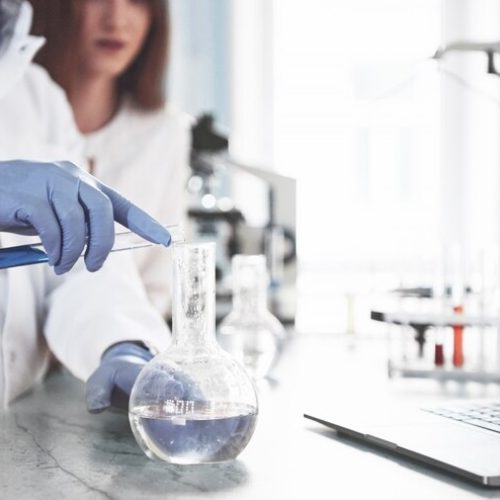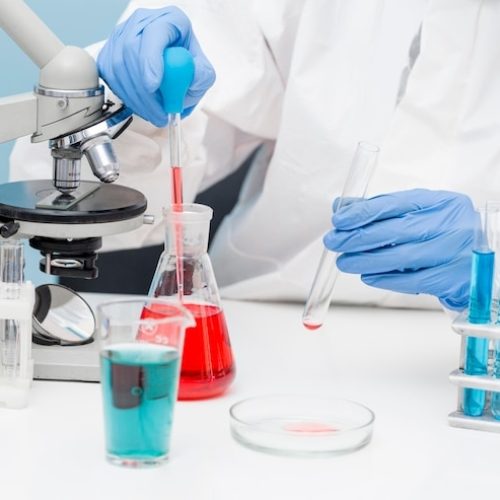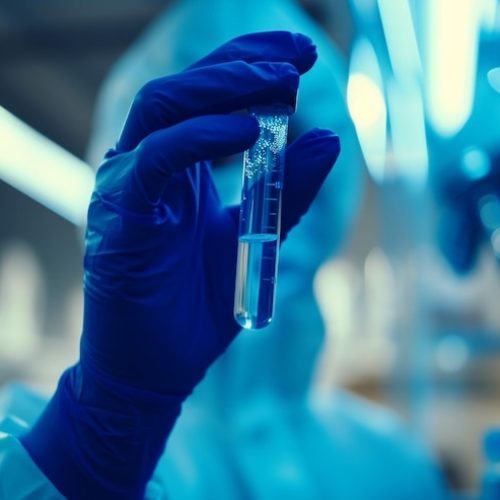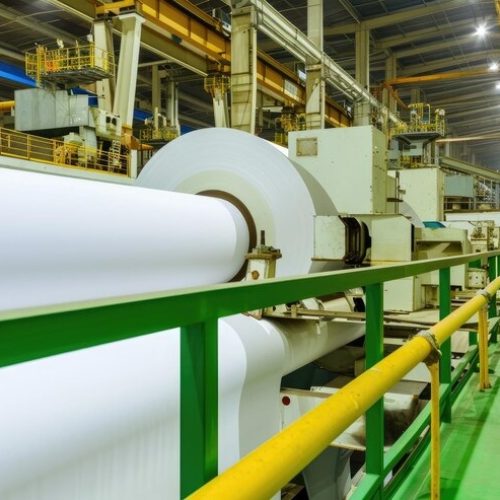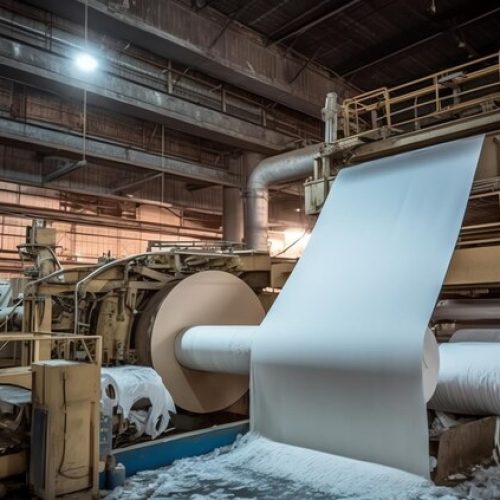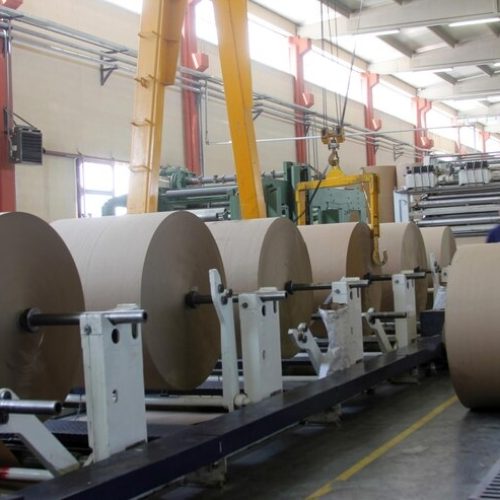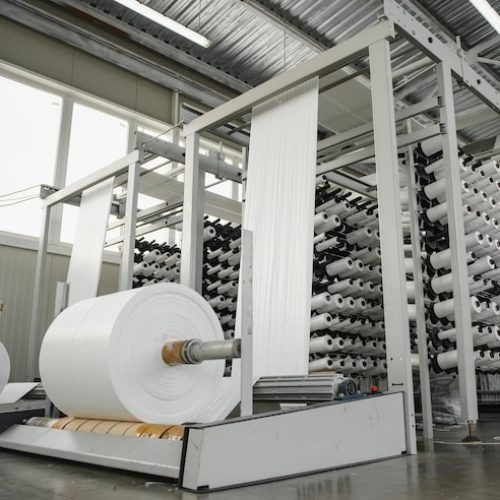OCHS S.A.S. CHEMICAL PRODUCTS together with its allied producers of specialized enzymes, continuously develops the diffusion of its use in the Andeanregion for the improvement of the productive processes of sectors such as Pulpand Paper, Food and Industry. All our enzymes are food grade and have theirrespective Kosher Registration, Halal Registration and have been endorsed byinternational entities such as FDA, JECFA, FAO/WHO.
